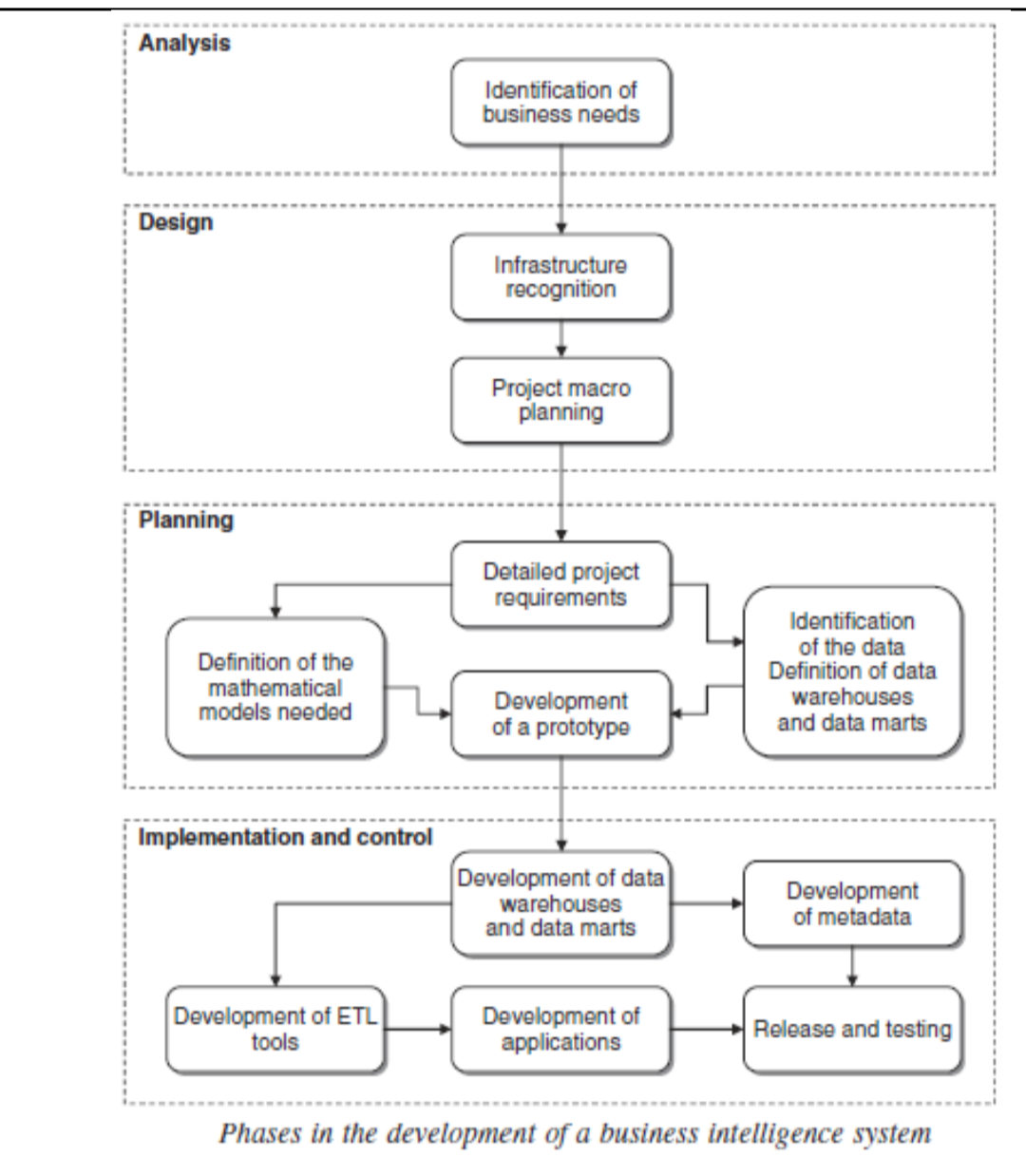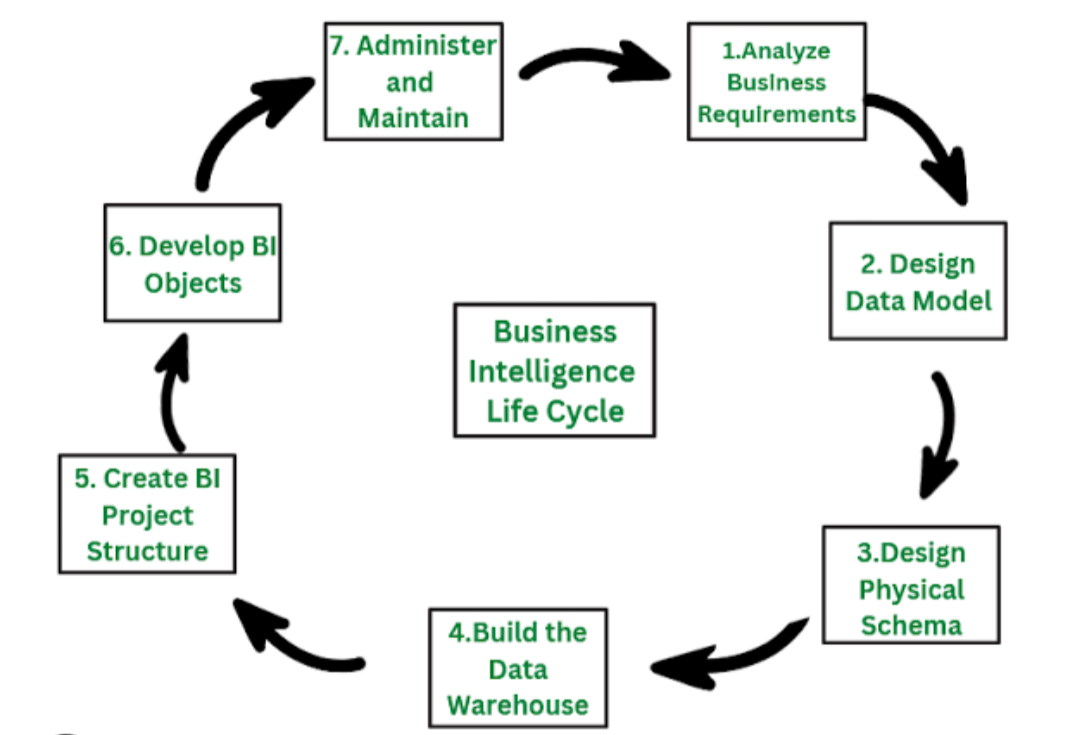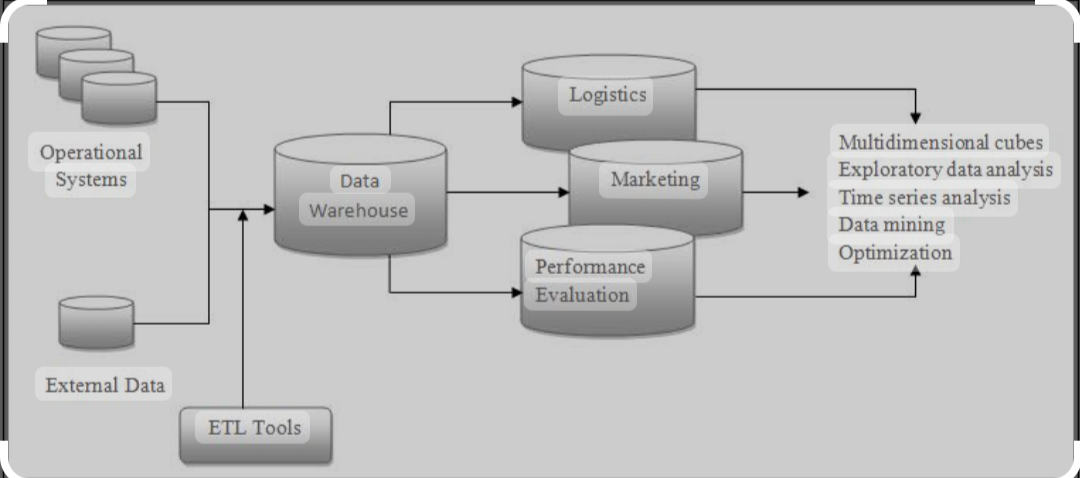virus on the internet
Explain computer virus, damage and computer contaminant and mischief. Computer Virus Computer virus means any computer instruction, information, data or programme that destroys, damages, degrades or adversely affects the performance of a computer resource or attaches itself to another computer resource and operates when a programme, data or instruction is executed or some other event takes place in that computer resource (Section 43,explanation (III)). Example of viruses are 'I love you' virus. The cousins of the virus and contaminants are bugs, worms, logic bombs and trojan horse. They destroy the computer systems, programs and the data residing therein. Damage "Damage" means to destroy, alter, delete, add, modify or rearrange any computer resource by any means (Section 43, explanation (IV)). Computer contaminant "Computer contaminant" means any set of computer instructions that are desioη το modify, destroy, record, transmit data or programs residing with...




